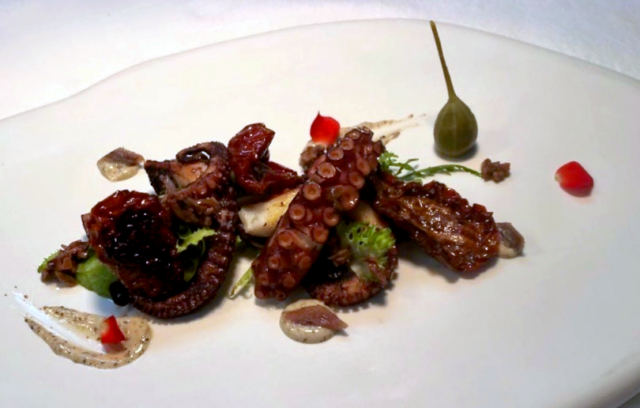Immeasurable Value
I must confess that my philosophy teacher persona sometimes gets the better of me and I make certain observations that go beyond wine. What set me off this time was the fact than an online magazine, British, I believe, calculated exactly what it cost to produce a bottle of Chateau Petrus, which came to something like 37 euros. And seeing how the latest vintage to reach the market can cost even more than 2,500 euros, it was considered a scandal. I remember how ten years or so ago we did a similar thing at Gambero Rosso through an interview with Riccardo Cotarella, who has just been appointed general manager at Antinori, and concluded that the production cost of a bottle of Tiganello was five euros. Today that may be more like seven or even eight euros, while the retail price is between 45 and 50 euros. Is this a scandal? Unacceptable speculation? Immoral? A lot depends on how you look at the market, and not just the wine one. What would you say if you knew that Pablo Picasso maybe spent, at today’s prices, no more than 300 euros for the canvas, paint and frame to create Le Demoiselles d’Avignon or Guernica, works that today could hundreds of millions of euros? And what about a bag from Chanel or Hermes, even those made out of plastic, that sell for 1,000 or so euros, the cost of making dozens of them? Is this detestable speculation as well? For sure you can argue it is and speculation undoubtedly does play an important role in pricing. In the world of wine, for example, some small producers in Burgundy like Coche-Dury, Rousseau, and Rouget, sell their wines wholesale for 100 euros a bottle, while in the shops they fetch 500 euros and up. While there is no denying that speculation exists, you certainly cannot use their production cost as a way to measure them against other wines that are not as good. There also exists a symbolic value, one that cannot be measured and which has to do with the prestige of a name, a reputation and a tradition that contribute to creating the historic value of a brand and these are much more important that the material ’industrial’ cost of a wine. And these factors also have an important impact on the market, where people who give value to a product play a key role in determining the price, one that is not theoretic or ‘moralistic’. We are these people, by what we choose to buy we determine what wine has greater intrinsic value. In the case of a work by Picasso or a particularly sought after wine, one with a very limited production, global demand is far greater than the supply. I remember I once took to task a gentleman who represented the interests of the Rothschild family in Italy. ‘’The price of Chateau Lafite ‘en primeur’ has skyrocketed, you can’t buy it anymore,’’ I told him. And his reply was: ‘’We produce 400,000 bottles a year against a demand for five million. What would you do?’’. I don’t know what I would do, I know nothing about finance. However, I did understand his reasoning, even if I didn’t like it, because this is the way the market works and a great deal of the well-being western countries enjoy today is because of this. The alternative is subsistence agriculture, like what existed in the pre-industrial era. Benedetto Croce used to say ‘’Coacti tamen volunt’’, there is always a choice involved.

 Italiano
Italiano








